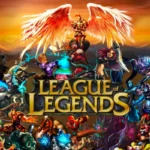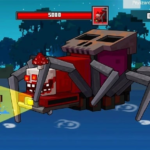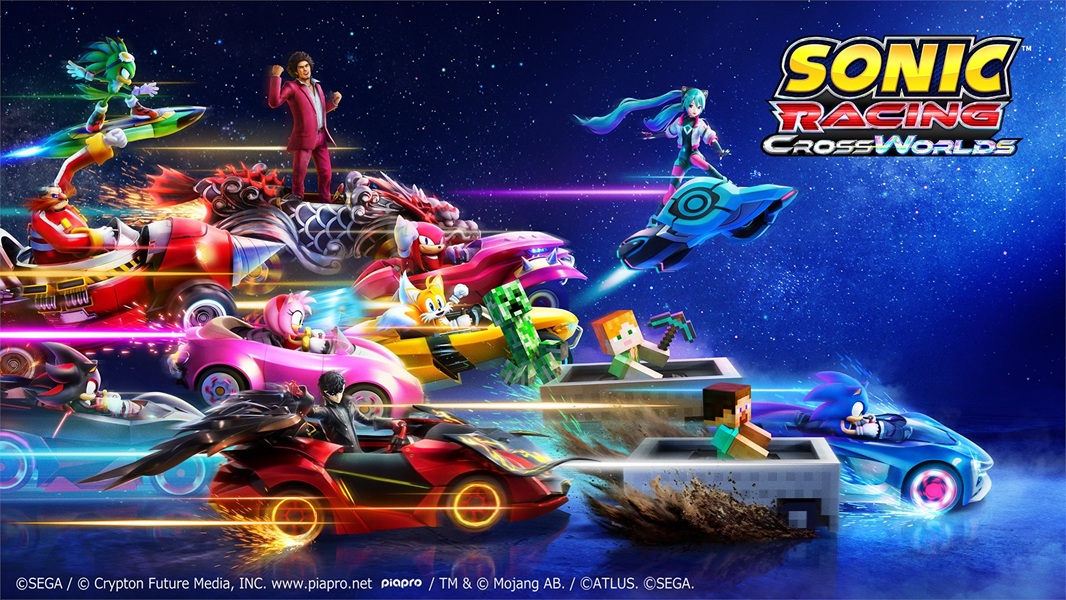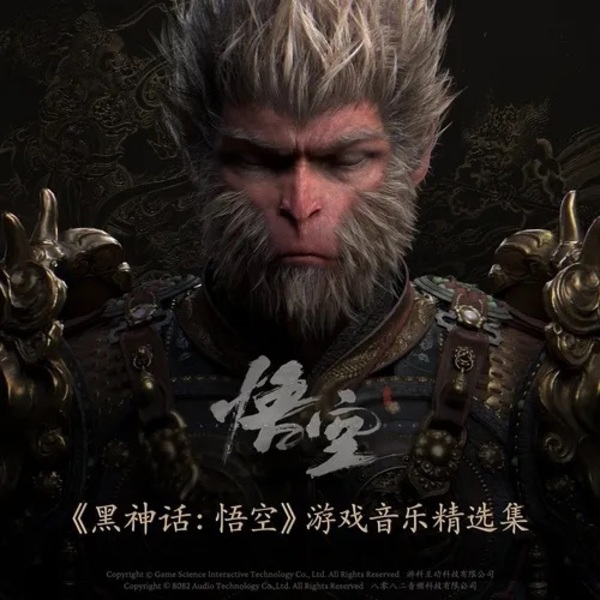In the ever-evolving landscape of competitive gaming, few titles manage to carve out a niche as distinct and impactful as Riot Games' Valorant. Launched in 2020, this free-to-play tactical first-person shooter has not merely entered the arena; it has defined a new standard, blending the precision gunplay of classic Counter-Strike with the vibrant character abilities of hero shooters. It’s a game that demands both impeccable aim and strategic foresight, rewarding teamwork and quick thinking in equal measure. Valorant’s success isn’t accidental; it’s the culmination of Riot Games’ deep understanding of competitive ecosystems, their commitment to anti-cheat measures, and a continuous flow of fresh content that keeps its millions of daily players engaged.
From its humble beginnings as "Project A" to its current status as a global esports phenomenon, Valorant has meticulously crafted an experience that appeals to both hardcore FPS veterans and newcomers looking for a compelling competitive challenge. Its blend of traditional shooting mechanics with unique agent abilities creates a dynamic battlefield where every decision, every bullet, and every ability cast can swing the tide of a round. This article delves into the intricate layers of Valorant, exploring its journey, its gameplay nuances, its impact on the esports scene, and the reasons behind its enduring appeal and occasional frustrations.
The Genesis of a New Contender: From Project A to Global Launch
Riot Games, renowned for its colossal success with League of Legends, ventured into the highly competitive first-person shooter market with an ambitious vision. Development for what would become Valorant began as early as 2014, with the goal of creating a tactical shooter that emphasized fair play, crisp gunplay, and strategic depth. Teased initially as "Project A" in 2019, the game generated immediate buzz due to Riot's reputation for supporting robust competitive scenes and their commitment to long-term game development.
The closed beta period, launched in April 2020, rapidly accelerated the hype, especially with its innovative Twitch Drops system that granted beta access to viewers. This ingenious marketing strategy not only created immense demand but also helped stress-test servers and gather invaluable player feedback. When Valorant officially launched on June 2, 2020, it arrived not as an unproven title but as a fully-formed contender with a solid player base already eager to dive into its unique blend of shooting and abilities.
The Foundational Pillars: Tactical Gunplay Meets Hero Abilities
At its core, Valorant is a 5v5 character-based tactical shooter. Matches are round-based, with teams alternating between attacking and defending roles over a series of rounds, aiming to be the first to win 13 rounds (with a two-round lead requirement in competitive overtime). The primary objective for attackers is to plant a "Spike" at one of several designated sites and defend it until it detonates, while defenders must prevent the plant or defuse the Spike if planted. Eliminating all opposing players also grants a round win.
What sets Valorant apart from its tactical shooter brethren like Counter-Strike is the integration of "Agents" – a diverse cast of characters, each possessing four unique abilities: two basic abilities, one signature ability, and one ultimate ability. These abilities range from smokescreens and flashes to healing spells, reconnaissance tools, and devastating area-of-effect attacks. While gunplay remains paramount, mastering the synergistic use of Agent abilities is crucial for controlling territory, gathering information, and securing kills, adding an entirely new layer of strategic depth that constantly evolves with new Agent releases and meta shifts.
A Roster of Radiants and Rogues: Exploring the Agents and Their Roles
Valorant's lore is woven around an alternate Earth, transformed by a mysterious event called the "First Light," which introduced a powerful element called Radianite. This energy grants extraordinary abilities to certain individuals, known as Radiants, and fuels advanced technology. The Valorant Protocol, a secretive organization, recruits Agents from around the globe – some Radiants, some equipped with Radianite-powered tech – to combat a mirrored version of themselves from "Omega Earth" and prevent further global catastrophes.
Each Agent falls into one of four distinct roles, influencing their primary function within a team:
- Duelists: The entry fraggers and self-sufficient playmakers, designed to create openings and secure early picks. Examples include Jett, Reyna, Phoenix, and Raze.
- Initiators: Responsible for gathering information and disrupting enemy positions, setting up their Duelists for success. Sova, Breach, Skye, KAY/O, and Fade are prime examples.
- Controllers: Masters of territorial denial, using smokes, walls, and other abilities to block sightlines and funnel enemies. Brimstone, Viper, Omen, Astra, and the newest agent, Clove, fall into this category.
- Sentinels: The defensive specialists, excelling at locking down sites, watching flanks, and gathering intel through traps and surveillance. Cypher, Killjoy, Sage, and Deadlock embody this role. The dynamic interplay between these roles and their unique abilities ensures that team composition is a critical strategic decision before each match.
The Battlegrounds of Teyvat: A Deep Dive into Map Design
Valorant's maps are not merely backdrops; they are meticulously designed arenas that foster strategic depth and require different approaches based on their layout and unique mechanics. Each map tells a piece of Valorant's evolving lore, with some set on "Alpha Earth" (our Earth) and others on "Omega Earth," providing environmental storytelling that adds texture to the game's universe. From the bustling, high-rise urban sprawl of Ascent to the underwater biodome of Pearl and the ancient, overgrown ruins of Lotus, each map offers distinct choke points, open areas, and verticality that demand adaptive strategies.
Many maps feature unique interactable elements, such as one-way doors on Ascent, teleporters on Bind, or destructible doors on Fracture. These features introduce dynamic variables to gameplay, forcing players to adapt their tactics on the fly. The design philosophy emphasizes balanced symmetrical layouts for fair play while injecting enough distinct visual and tactical identity into each map to make it memorable and challenging in its own right. Understanding the nuances of each map, including common angles, wallbang spots, and utility lineups, is essential for competitive success.
The Arsenal: Guns, Economy, and Recoil Control
While Agent abilities add a layer of complexity, Valorant's gunplay remains the undisputed king. The game features a robust arsenal of pistols, shotguns, SMGs, rifles, and sniper rifles, each with distinct characteristics and recoil patterns. Unlike many hero shooters, the lethality of firearms is paramount; a well-placed headshot with a rifle can instantly eliminate an opponent, emphasizing precision aiming.
The in-game economy system, familiar to Counter-Strike players, is central to Valorant's tactical depth. At the start of each round, players use credits (earned from kills, round wins/losses, and Spike plants/defuses) to purchase weapons, armor, and their Agent's abilities. This economic layer adds a strategic meta-game where teams must decide whether to save credits for future rounds, force buys with inferior equipment, or go all-in on a full buy. Mastering recoil control and spray patterns for various weapons, particularly the Vandal and Phantom rifles, is a fundamental skill that separates casual players from competitive elites.
The Unseen Guardian: Riot Vanguard and the Fight Against Cheating
A cornerstone of Valorant's competitive integrity is Riot Vanguard, Riot Games' proprietary anti-cheat system. Vanguard operates at the kernel level of a player's operating system, meaning it runs with high privileges. This deep integration allows it to detect and prevent a wide array of cheating software, from aimbots and wallhacks to more sophisticated exploits, with a claimed effectiveness that many other competitive titles struggle to achieve.
While Vanguard's intrusive nature has been a point of contention for some players due to privacy concerns and potential compatibility issues, Riot Games has consistently affirmed its necessity for maintaining a fair competitive environment. They've also made efforts to increase transparency and control over Vanguard, including a visible system tray icon and the ability to toggle it on/off (requiring a PC restart to play Valorant). Riot's unwavering stance on anti-cheat reflects their commitment to fostering a truly competitive ecosystem where skill, not illicit software, determines victory.
The Path to Pro: Evolution of the Competitive Scene
From its inception, Valorant was built with esports in mind, and its competitive scene has evolved rapidly into a global phenomenon. Riot Games established the
Valorant Champions Tour (VCT) as its premier esports circuit, featuring a multi-tiered system:
- Premier Mode: An in-game tournament system allowing amateur teams to compete and potentially qualify for Challenger Leagues.
- Challenger Leagues: Regional professional leagues that serve as a proving ground for aspiring pro teams.
- International Leagues: Top teams from various regions compete in franchised leagues (e.g., VCT Americas, EMEA, Pacific, CN).
- Masters Tournaments: Two major international tournaments held throughout the year, where top teams from International Leagues compete for VCT points and global recognition.
- Champions: The annual world championship event, where the absolute best teams from around the globe battle for the ultimate title and a multi-million dollar prize pool.
Beyond the main VCT circuit, Riot also established the
Game Changers Championship, a dedicated global circuit for women and marginalized genders, fostering inclusivity and providing a high-level competitive platform. The clear path-to-pro structure, combined with significant prize pools and consistent professional events, has solidified Valorant's position as a premier esport, attracting millions of viewers and aspiring pro players worldwide.
A Vibrant Tapestry: Community, Content, and Culture
Beyond its core gameplay and competitive structure, Valorant thrives on its vibrant and constantly expanding ecosystem of content and community. Riot Games frequently releases new Agents, maps, and game modes, consistently injecting fresh life into the meta and offering new ways to play. Seasonal battle passes provide a steady stream of cosmetic rewards, while the premium in-game store offers a dazzling array of weapon skins, often lauded for their intricate designs, unique animations, and custom sound effects.
The game also boasts a massive content creation community, with streamers, YouTubers, and artists producing guides, highlight reels, lore explanations, and fan art that further enrich the Valorant universe. This active community engagement, coupled with Riot's responsiveness to player feedback and regular patch updates, helps cultivate a strong sense of ownership and belonging among its player base. The ongoing narrative development through cinematic trailers and in-game lore drops further immerses players in the world of Teyvat.
The Verdict: A Tactical Masterpiece with Lingering Challenges
Valorant has, in a relatively short span, cemented its position as a titan in the competitive FPS genre. Its ingenious fusion of tactical shooting and hero abilities creates a unique gameplay loop that is both familiar and innovative. Riot Games' unwavering commitment to competitive integrity, backed by the robust Vanguard anti-cheat, ensures a level playing field, which is paramount for a game of this nature. The continuous flow of new content and a thriving esports scene solidify its long-term viability and lasting appeal.
While the game presents a steep learning curve and, at times, a challenging community environment, these drawbacks are largely inherent to competitive online titles. The fundamental gameplay is remarkably polished, rewarding dedication and teamwork. Valorant is more than just a game; it's a competitive ecosystem that demands skill, strategy, and adaptation, offering an exhilarating and deeply satisfying experience for those willing to invest the time to master its intricacies. It's a testament to Riot Games' ability to not just create games but to build enduring competitive platforms.
































